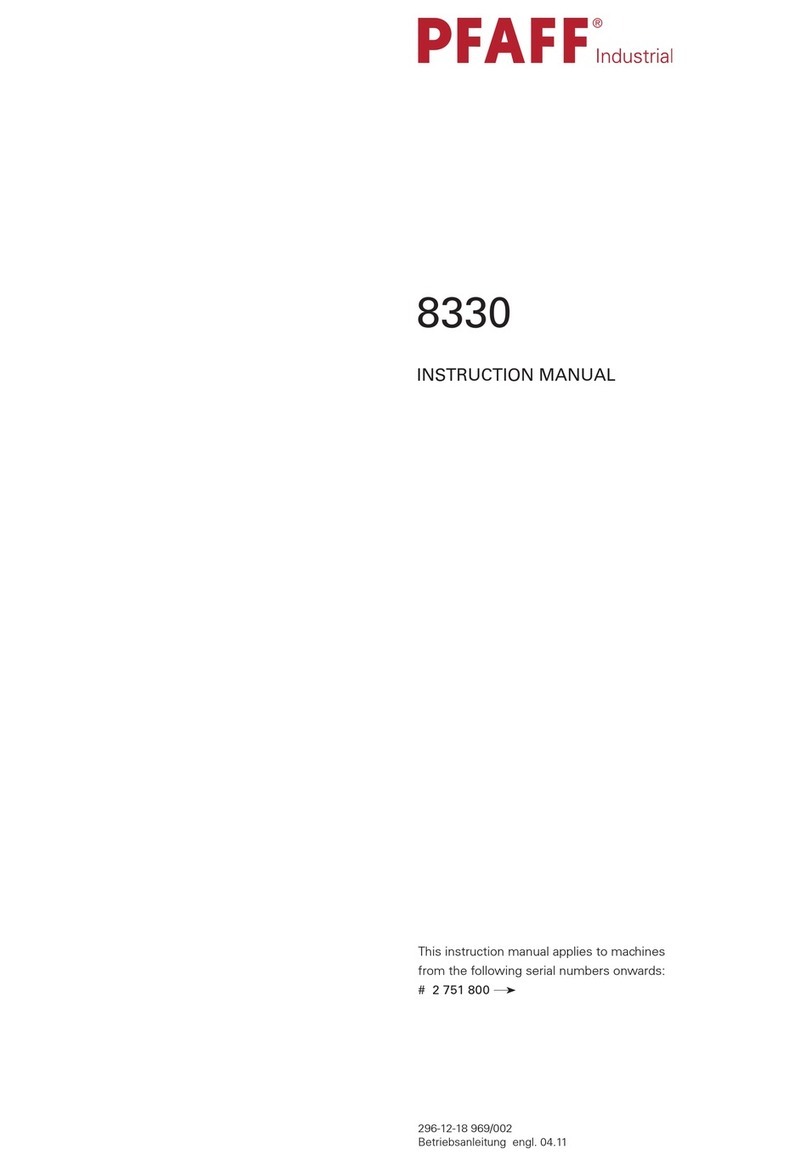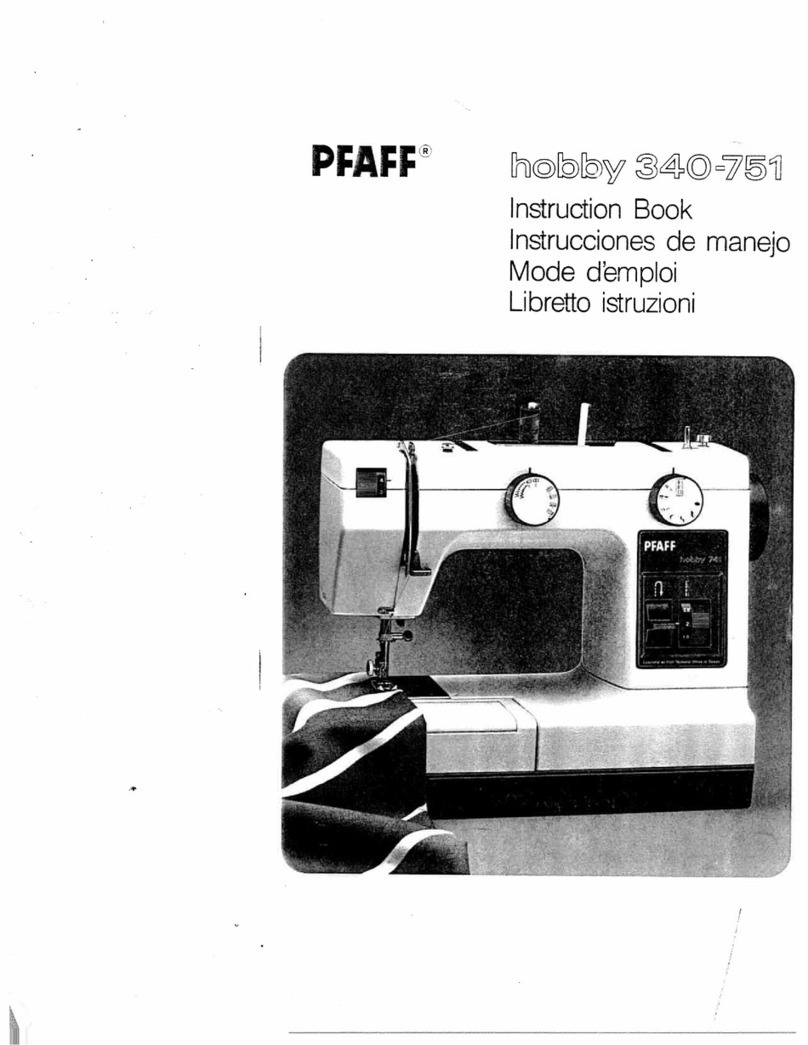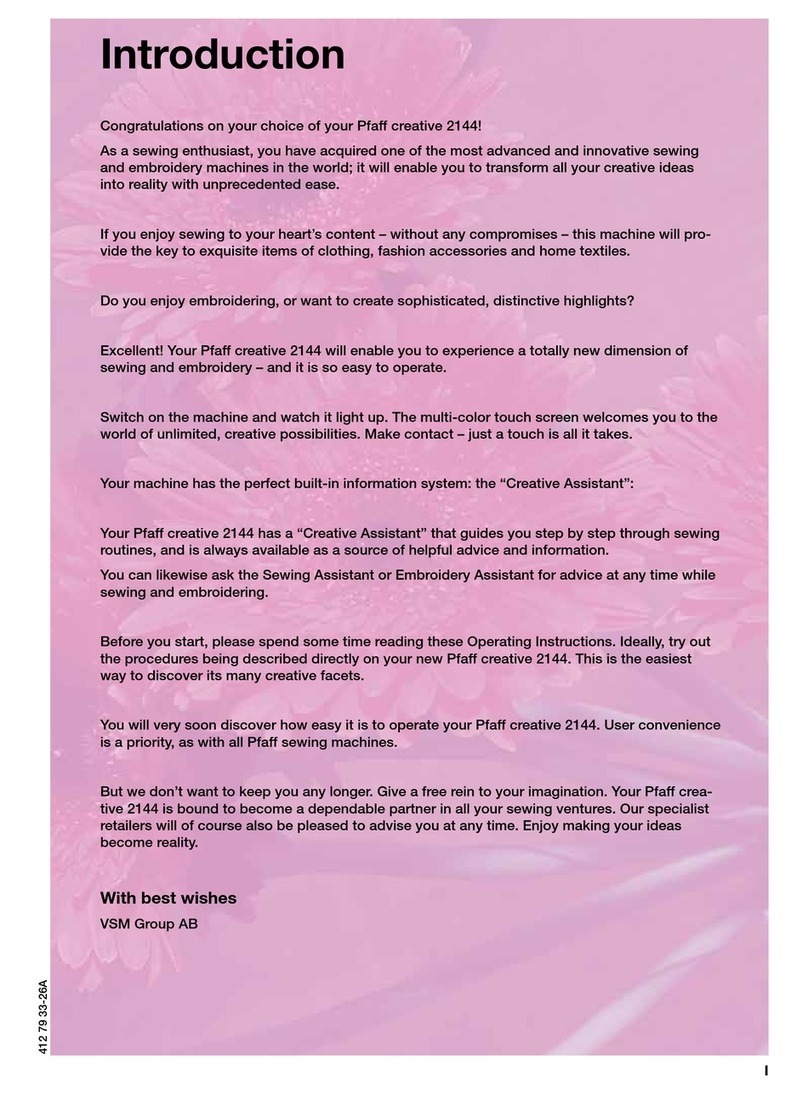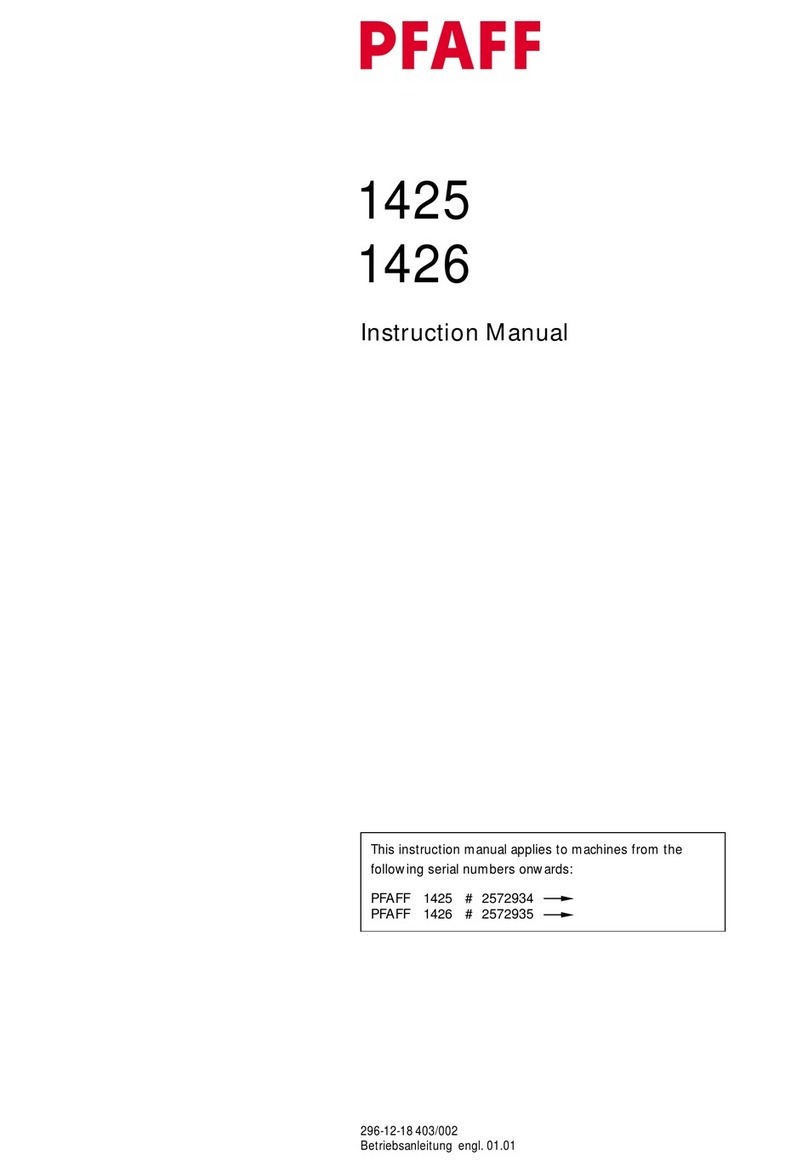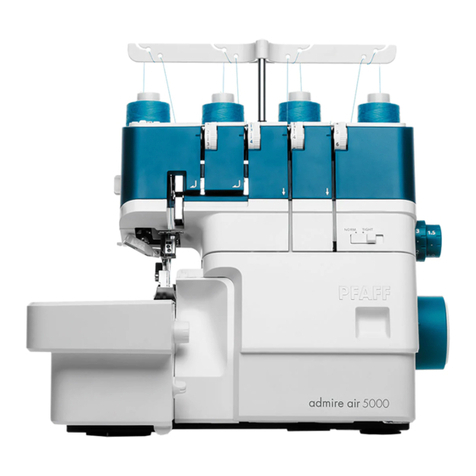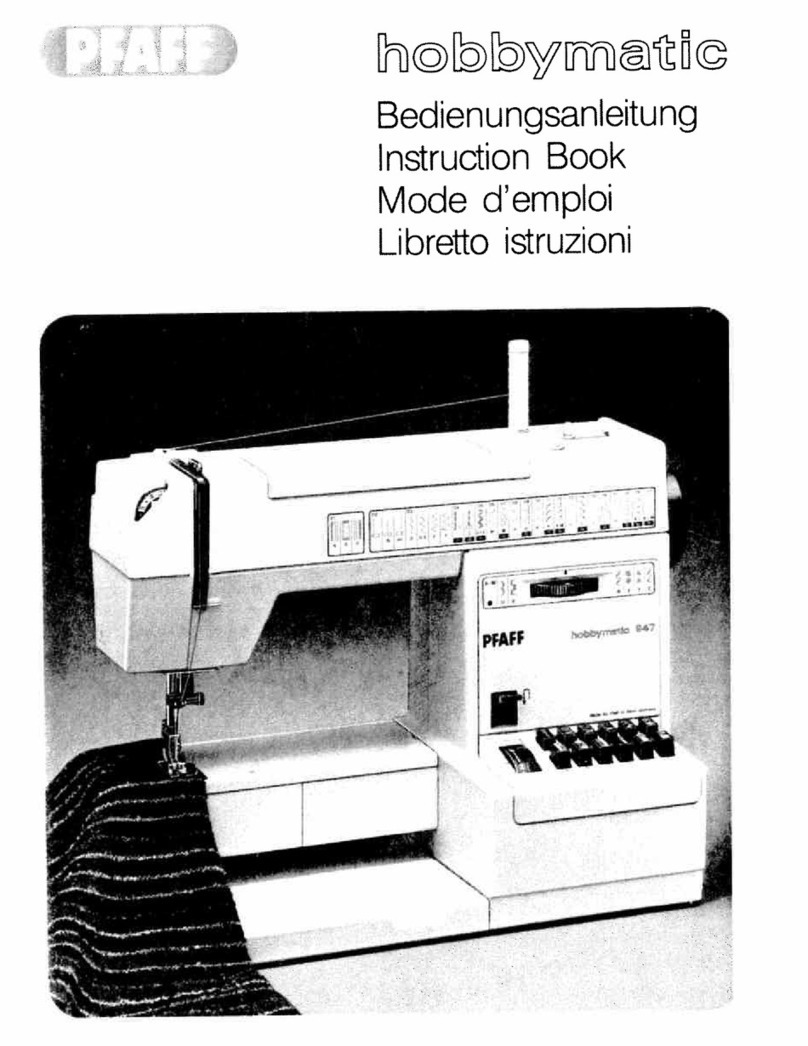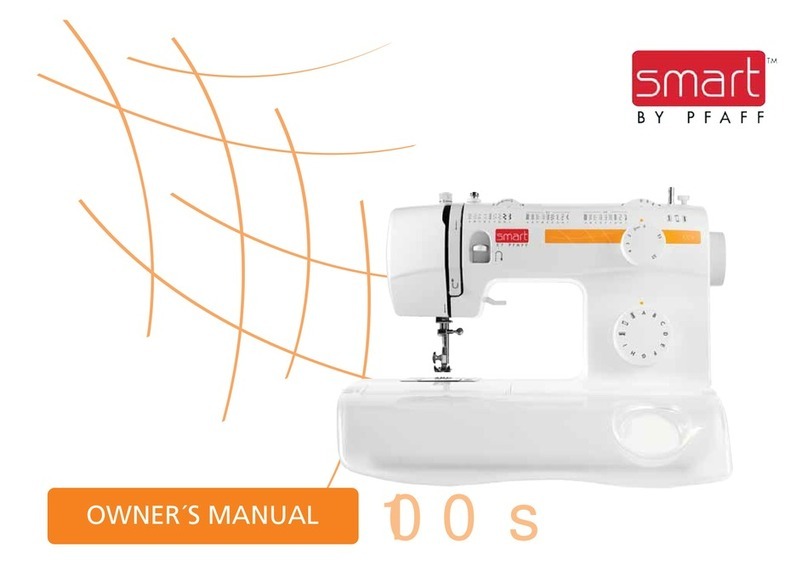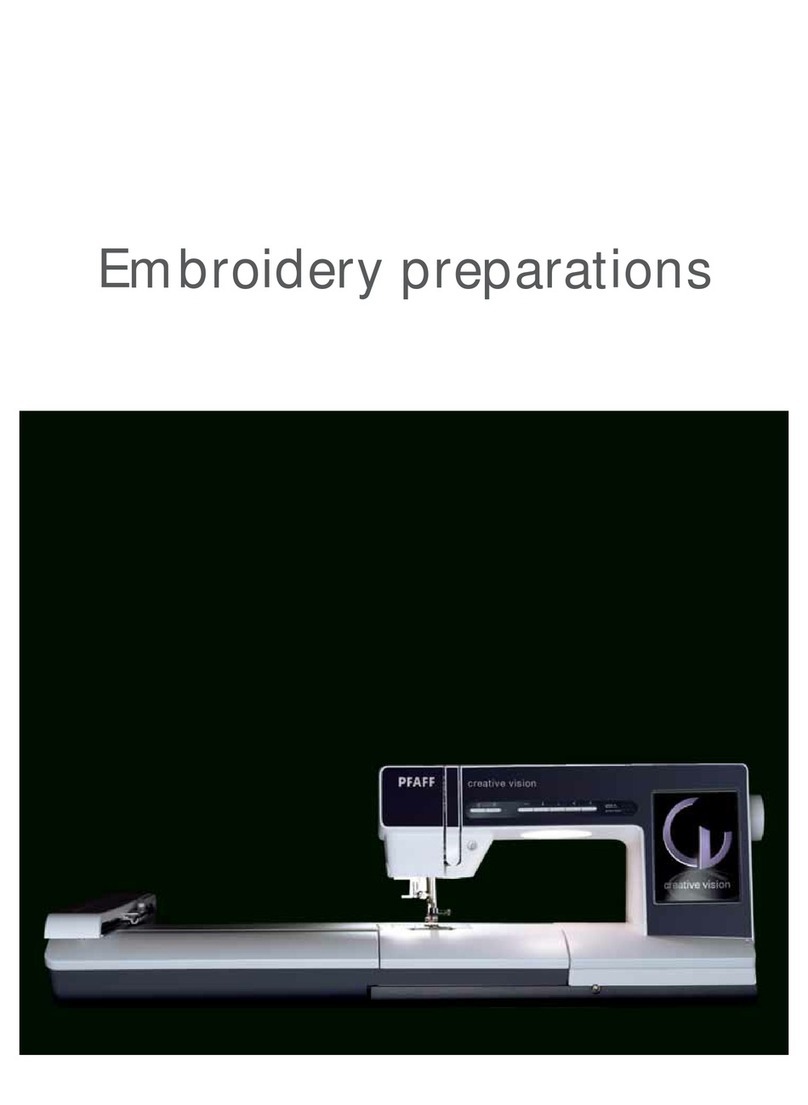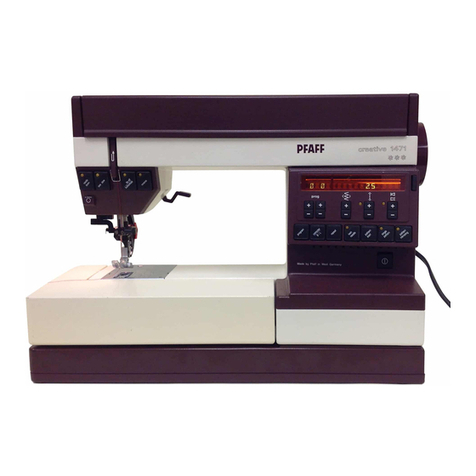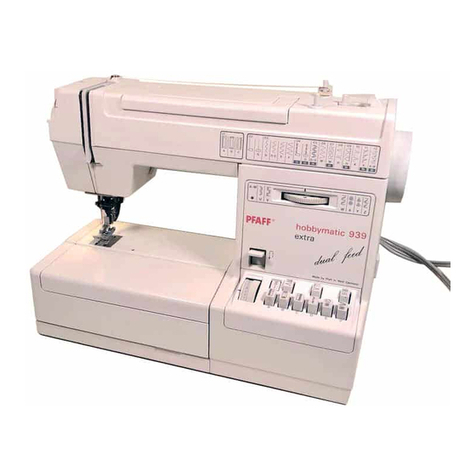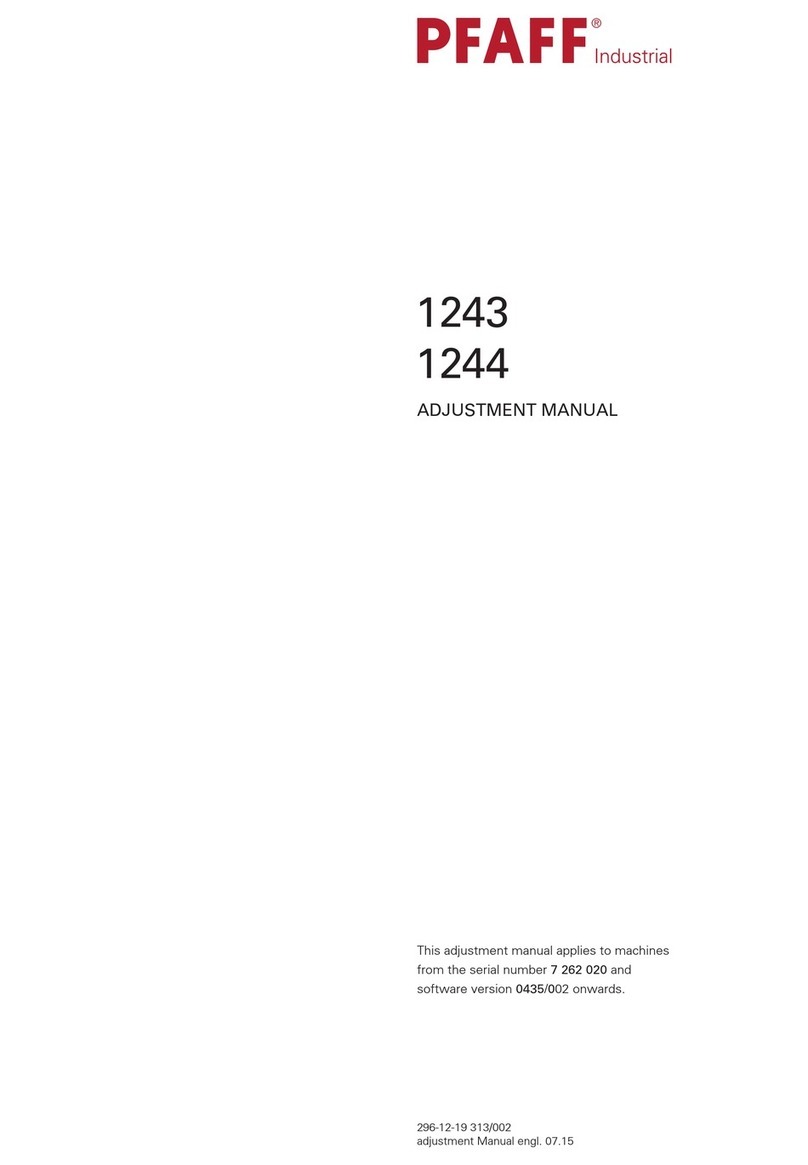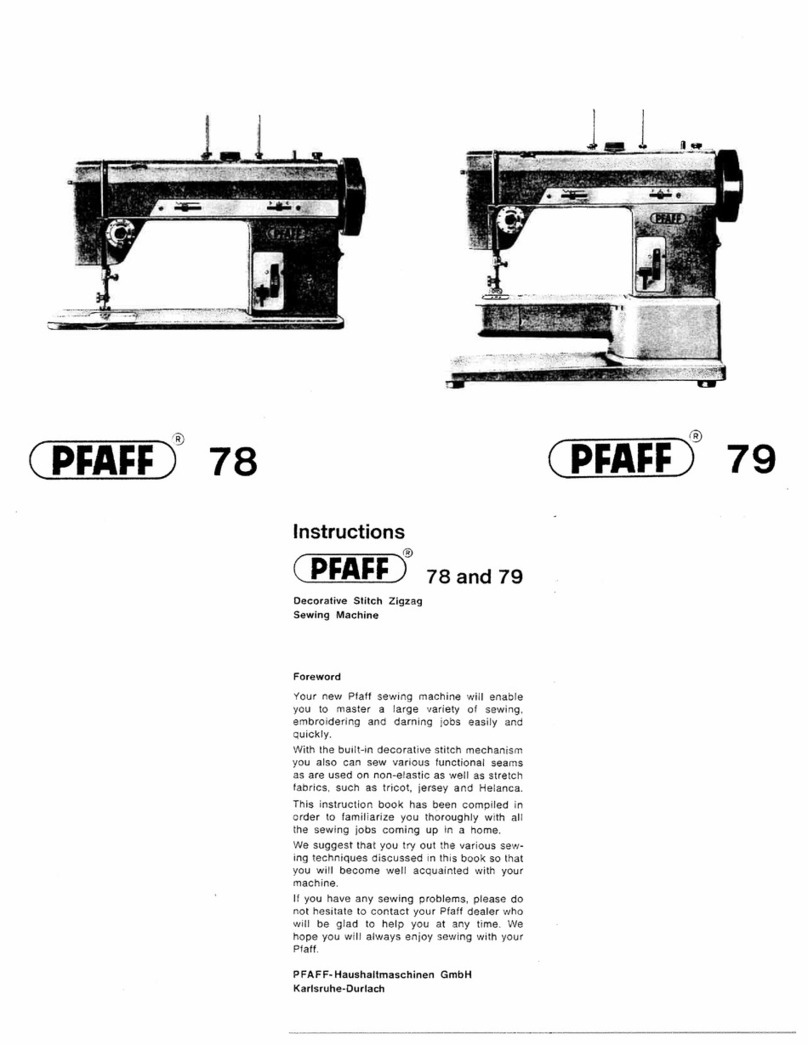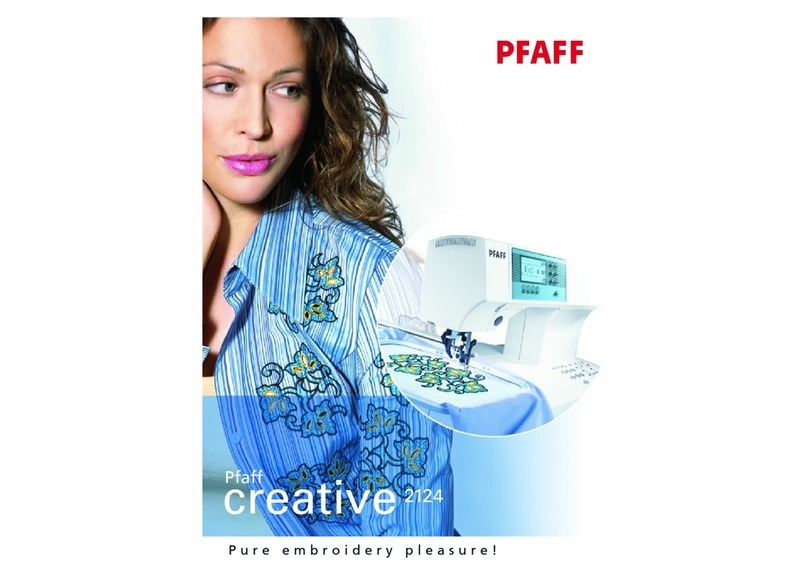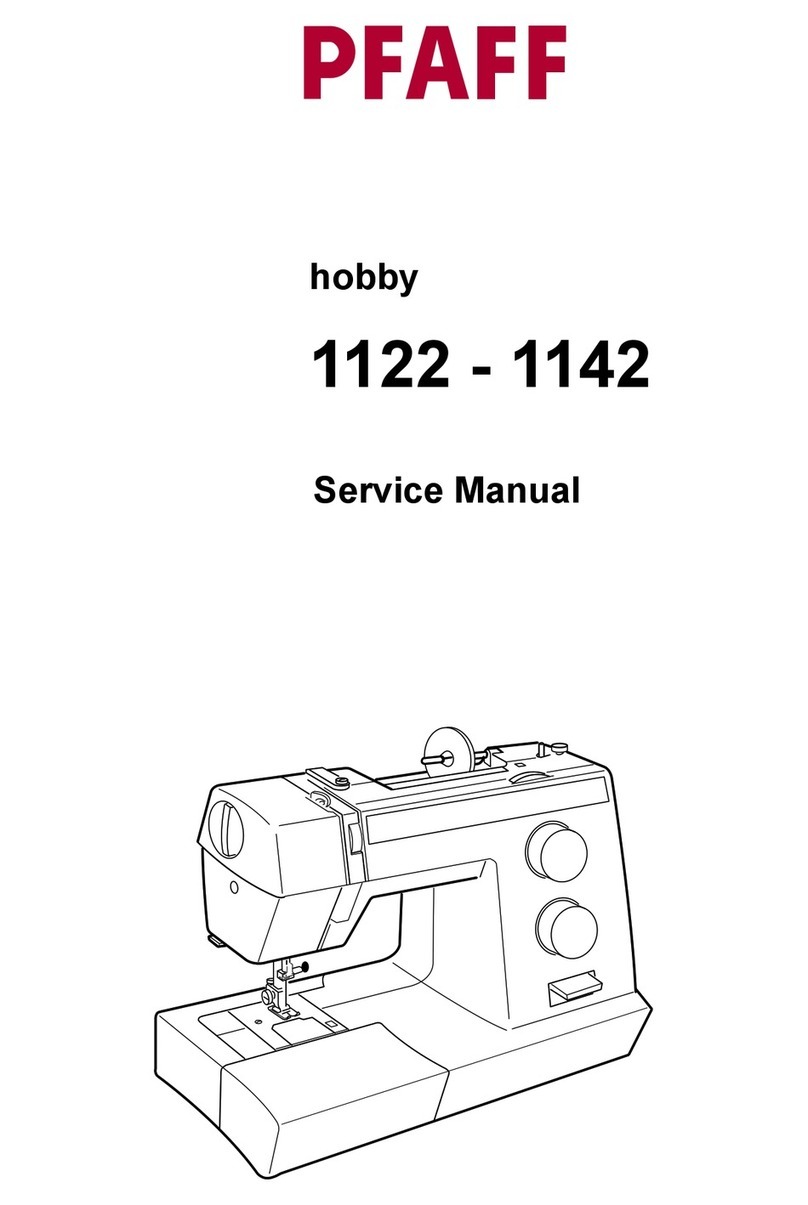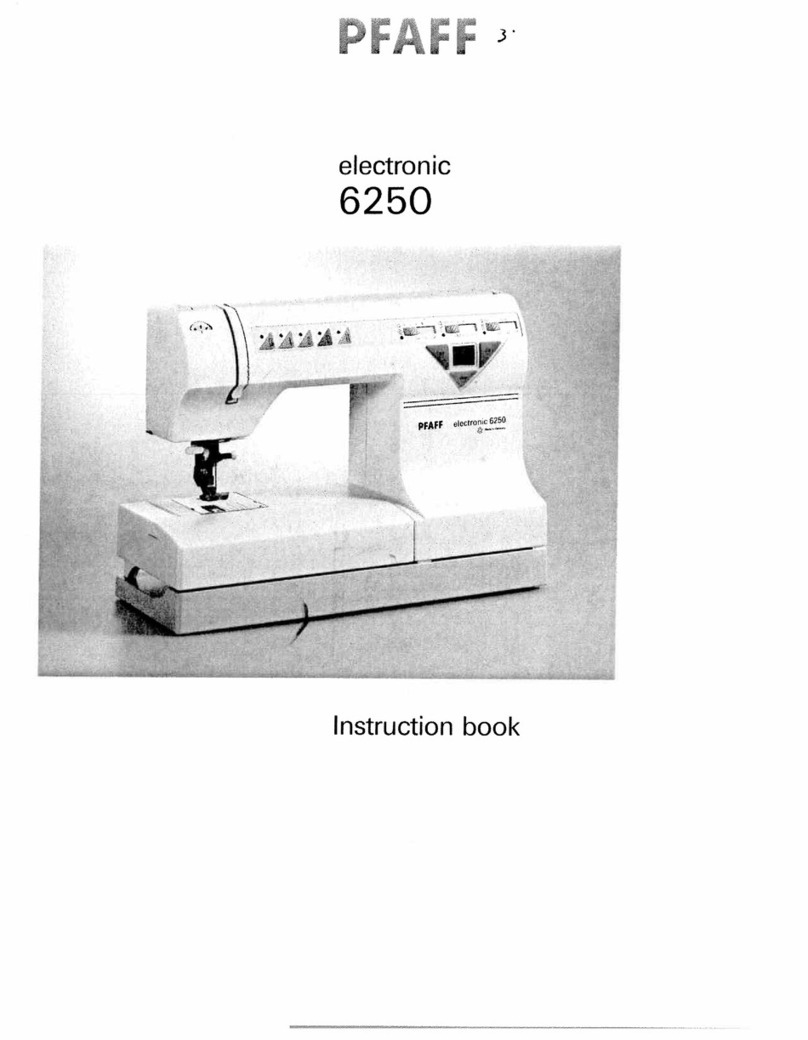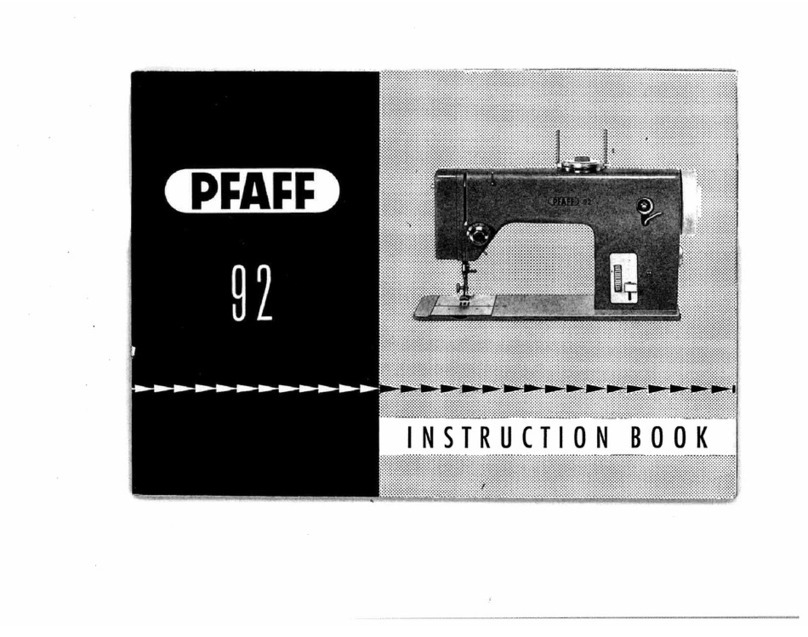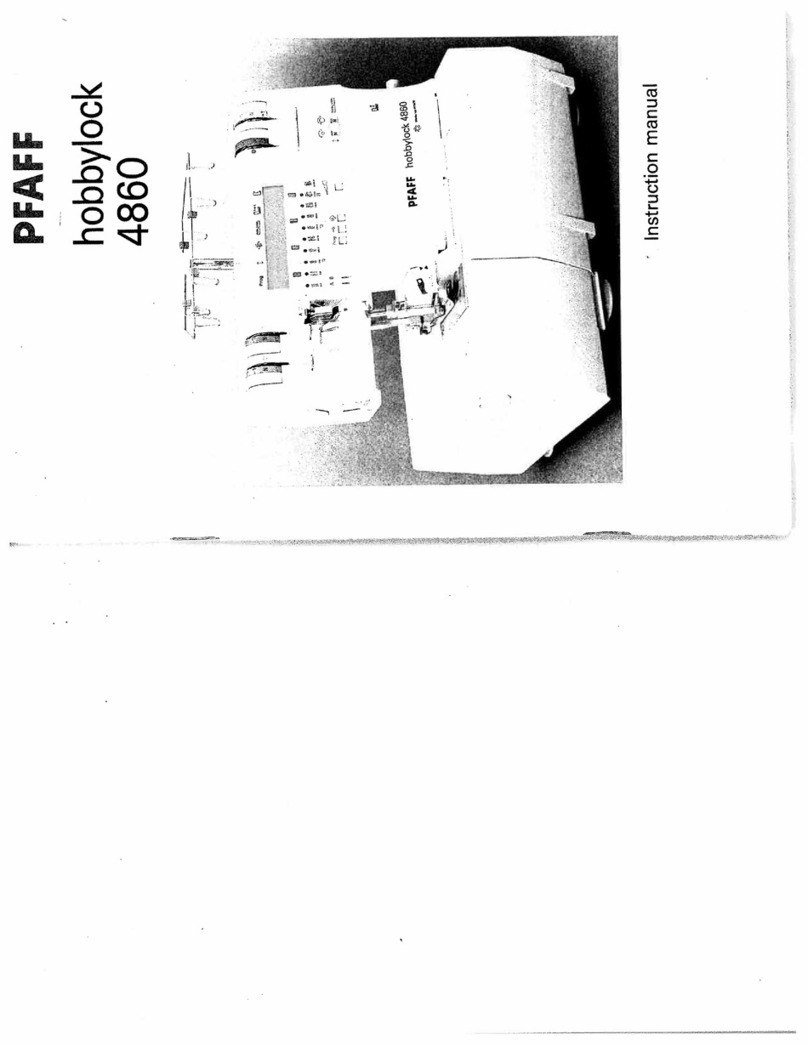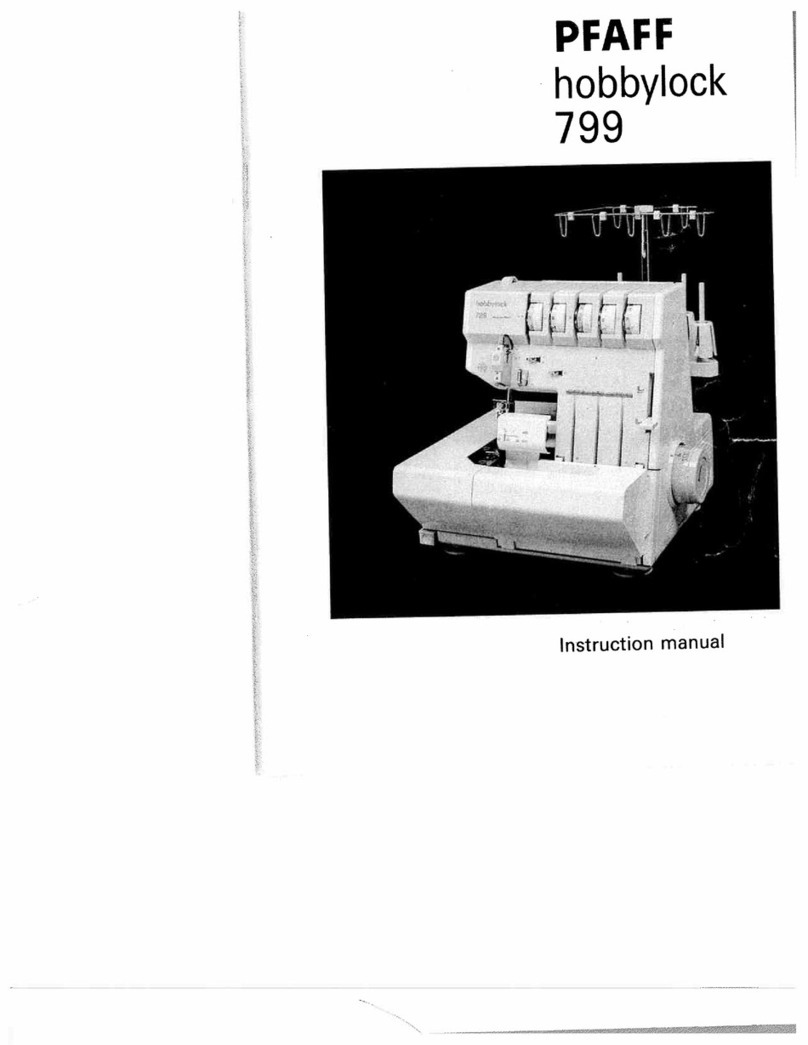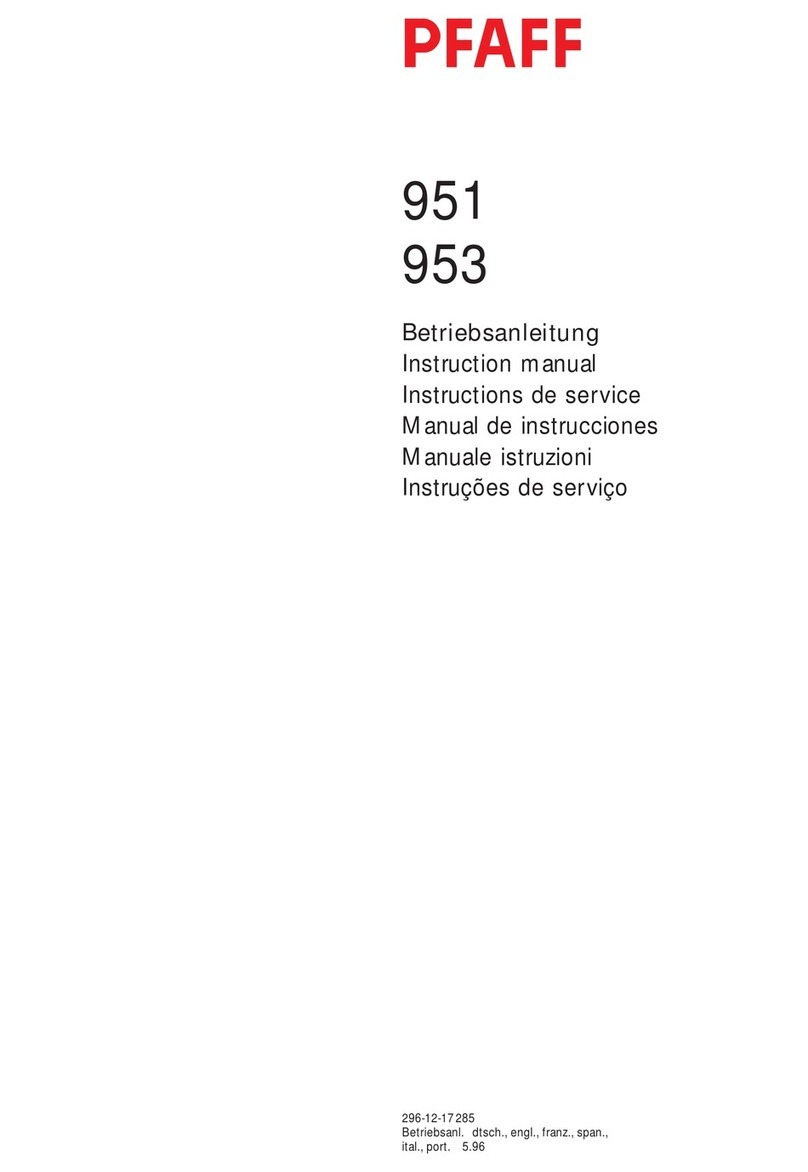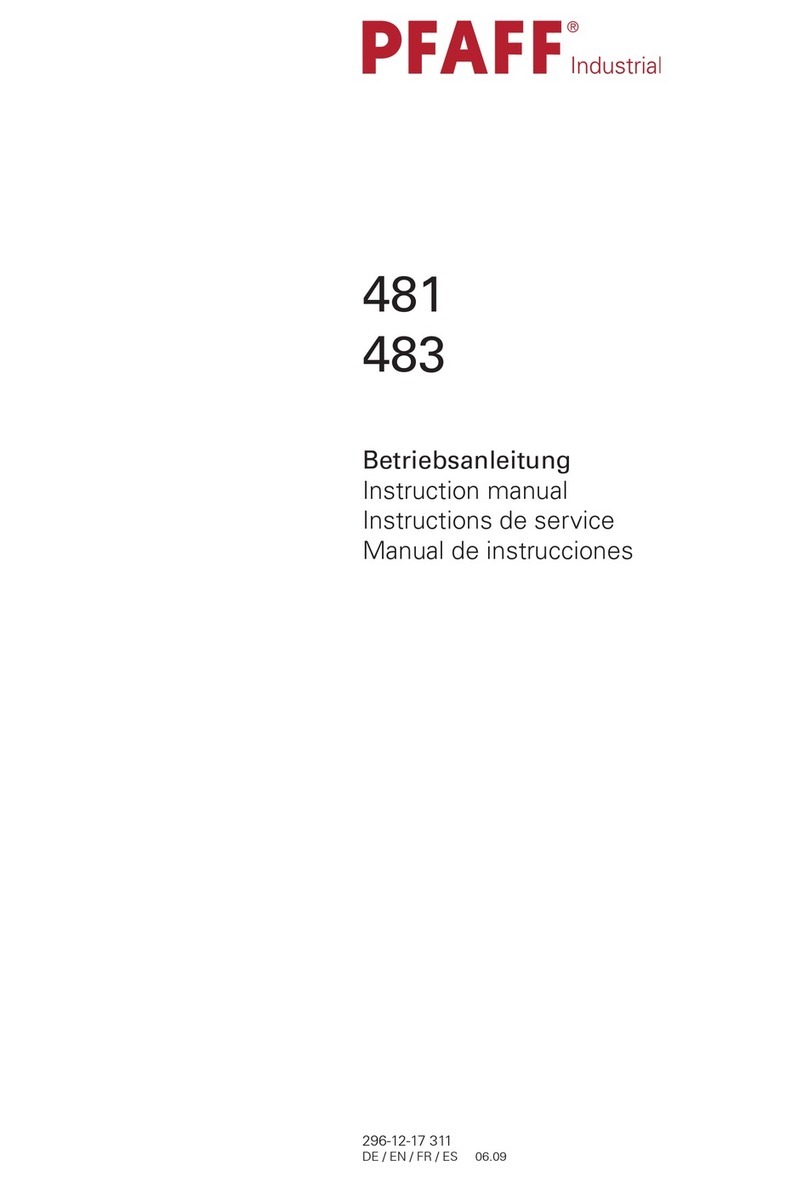
Index
Contents ..................................................................................Page
1 Proper use ..........................................................................................................................4
2 Controls ................................................................................................................................5
2.01 Knee switch .......................................................................................................................... 5
2.02 Control panel .......................................................................................................................... 6
2.02.01 Screen displays ...................................................................................................................... 6
2.02.02 Function keys ......................................................................................................................... 6
2.02.03 Selecting and altering parameters ......................................................................................... 9
2.02.04 Selecting the user level ........................................................................................................ 10
3 Commissioning .................................................................................................................. 11
3.01 Basic position of the machine drive ..................................................................................... 11
3.02 Testing the function of the start inhibitor ............................................................................. 12
4 Setting up ........................................................................................................................... 13
4.01 Entering the maximum speed ............................................................................................. 13
4.02 Setting the presser foot pressure ........................................................................................ 13
4.03 Entering the start and end backtacks ................................................................................... 14
4.04 Setting the stitch counting function for the bobbin thread control ...................................... 15
5 Sewing ................................................................................................................................ 16
5.01 Manual sewing .................................................................................................................... 16
5.02 Programmed sewing ............................................................................................................ 17
5.03 Error messages .................................................................................................................... 18
6 Parameter Settings ............................................................................................................. 19
7 Internet update of the machine software ......................................................................... 20
8 Reset / Cold start ................................................................................................................ 21
9 Parts list ............................................................................................................................. 22
10 Circuit diagrams .................................................................................................................23
